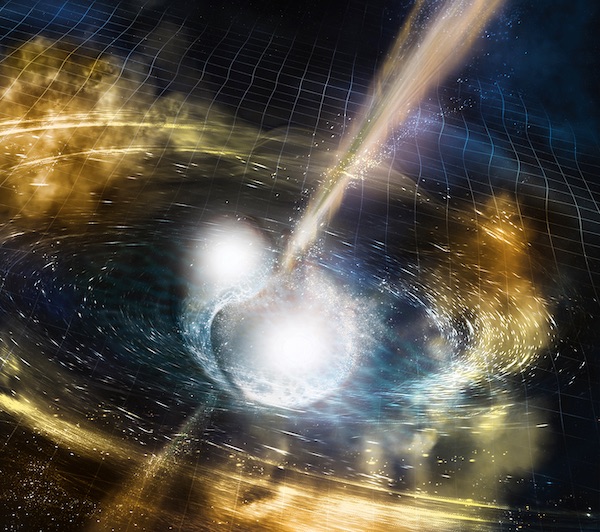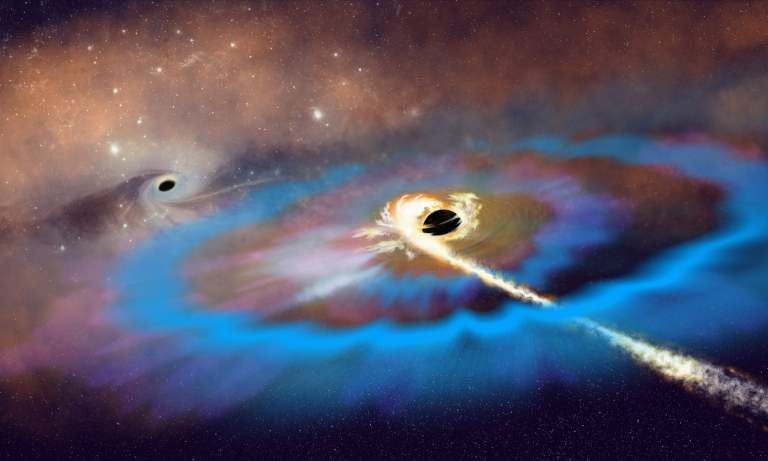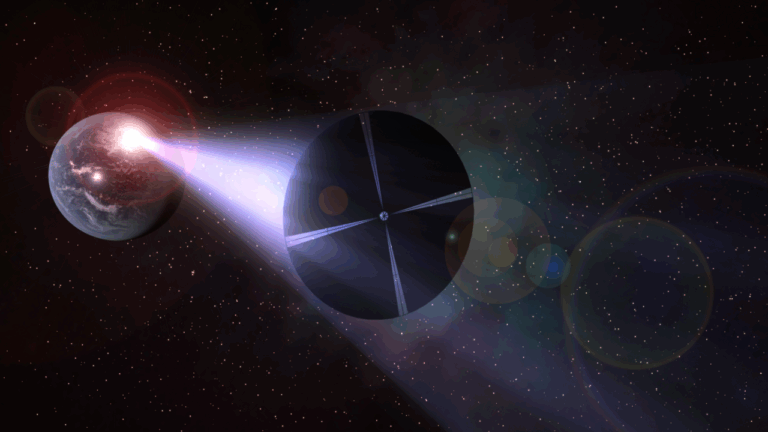Key Takeaways:
- Elements heavier than iron, such as gold and uranium, are primarily formed through neutron capture processes, specifically the rapid neutron capture process (r-process).
- The r-process, unlike the slower s-process, produces elements as heavy as uranium, with some elements, including gold and platinum, exclusively formed via this method.
- Merging neutron stars have been identified as a significant source of r-process elements, ejecting neutron-rich matter that rapidly converts into heavy elements and disperses into space.
- While other potential sites for r-process element creation exist, the merger of neutron stars is currently considered the primary source for the majority of these heavy elements in the universe.
A: The lightest elements in the universe — hydrogen, helium, and a little lithium — were born shortly after the Big Bang. The heavier elements, up to iron, were forged later, in the hearts of stars and in supernovae. However, looking at the periodic table, we see that that still leaves two-thirds of the elements unaccounted for.
So, how are elements heavier than iron formed?
Most of these “heavy elements” are created by atomic nuclei capturing neutrons. There are two forms of this neutron capture process: the rapid process (r-process) and the slow process (s-process). The s-process mostly produces lighter elements up to lead and bismuth on the periodic table, whereas the r-process typically produces elements as heavy as uranium.
There is substantial overlap in the elements produced by each process, but some elements are made purely by one process or the other. For example, gold, platinum, and uranium are only produced via the r-process.
By the early 1970s, scientists knew that the s-process happens in the envelopes of low-mass stars at the end of their lives. However, it is only recently that we could determine where the r-process takes place.
Last year, we detected a freshly produced r-process element for the first time in the aftermath of two neutron stars merging. When neutron stars merge, they eject a few percent of their mass — about 10 million Earth masses — as neutron-rich matter. Within a fraction of a second, this ejected mass converts into a radioactive fireball of the universe’s heaviest elements through the r-process. These elements are scattered into interstellar space, seeding gas clouds and ultimately finding themselves embedded within stars and planets.
Research into the creation of the universe’s heavy elements is ongoing. It seems likely, for example, that the r-process happens elsewhere in the universe, too, most likely in an unusual type of supernova. However, we believe that the bulk of the r-process elements were created by merging neutron stars. So, when you hold a piece of gold or platinum jewelry in your hands, you’re holding a fragment of what once was a neutron star!
[Editor’s note: This article was updated Oct. 28, 2022.]










